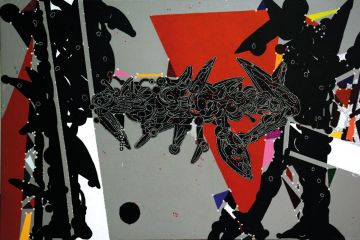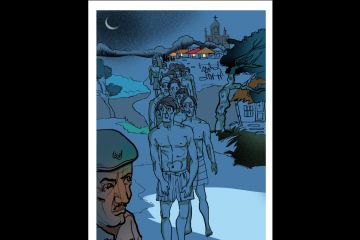
Down by the Athreya
Godavari in Thallarevu, 18 kilometres south of Kakinada in East Godavari
district of Andhra Pradesh, where the hyancinth-filled creek meets the sea near
Yanam, a huge banyan tree shelters a hut temple, and on open land amid tree
trunks, planks, and detritus, five boats loom large against the blazing sky.
Two are almost
finished, two have a long way to go before they sail, and one is under repair.
The boats sit on piles of sawn wood, propped up on empty tin barrels wit
Continue reading “Boat builders in troubled waters”
Read this story with a subscription.





